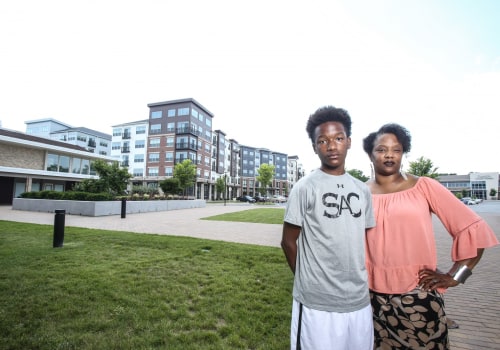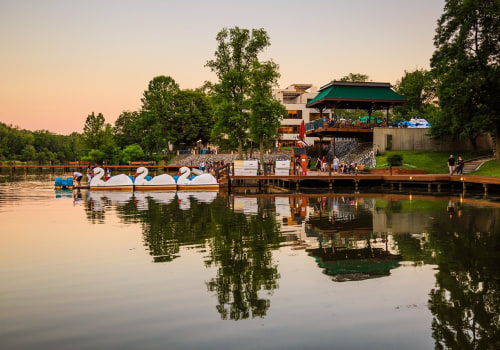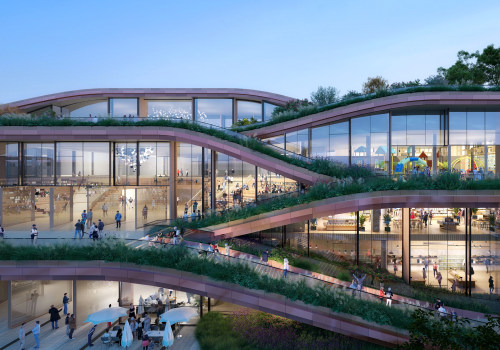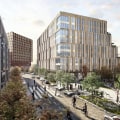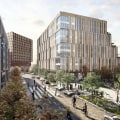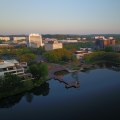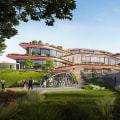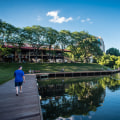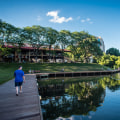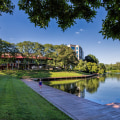This case study examines the transformation of one of the office parks in Columbia, Maryland into a vibrant district that meets the changing needs of tenants and their workers. It all began in 1935 when James Rouse got a job with the Federal Housing Administration, a New Deal agency whose purpose was to promote homeownership and construction. Even after retiring in 1979, Rouse continued his mission and founded the Enterprise Foundation (now Enterprise Community Partners), which supports affordable housing and social services in low-income neighborhoods. The fast-transit bus stop being negotiated will be a major step forward if it comes to fruition, but much more infrastructure is needed if Columbia really wants to shed its 20th century identity.
To this end, the city has created and provided meeting space to new non-profit organizations, such as the Downtown Columbia Arts and Culture Commission, the Downtown Columbia Partnership and the Downtown Columbia Housing Corporation. In addition to its original campus in Columbia, it now has satellite campuses in Mount Airy, Laurel and East Columbia, in the Columbia Gateway Business Park. Several Maryland Transit Administration (MTA) routes provide access to and from Washington and Baltimore; the MTA's Monday-Friday commuter bus service connects Columbia to the Washington Metro system. Cynthia Fikes is standing with her son in front of the Alta Wilde Lake apartments in Columbia, Maryland, who turns 50 this week. Far from any of the region's subway or railroad lines, Columbia is practically abandoned, a condition that former Maryland governor and intelligent growth guru Parris Glendening compared to “an infected Achilles' heel.”The Columbia story begins in 1962, when several mysterious organizations began discreetly buying thousands of acres in rural Howard County, Maryland, between Baltimore and Washington.
Then, Casey turned to Howard Hughes, who controls 90 percent of the land in central Columbia, the most crucial ingredient for affordable housing to take off, and has a non-voting seat on the Housing Corporation's board of directors. One thing that frustrates me is that discussions about development in this county are often characterized as a trade-off that faces growth with adequate infrastructure. The D. Howard Community College is located near the city center, while the University of Phoenix, the American Career Institute, Lincoln College of Technology, Loyola University Maryland, Baltimore County, Maryland University for Integrative Health, and Johns Hopkins University have facilities on the east side of the city, in the Columbia Gateway Business Park. That will mean that more than 15 percent of new housing in central Columbia is affordable, at least for the next 40 years. James Rouse grew up in Easton, Maryland, the son of hardworking parents with fickle fortunes who instilled a tireless work ethic in him.
He set out to demonstrate that his version of new European cities could combine spacious pastoral nature and housing with employment opportunities, services and mix of races and incomes found in cities. Contrary to popular belief, economic benefit of growth helps fund infrastructure improvements needed to maintain services for both new and existing residents.

